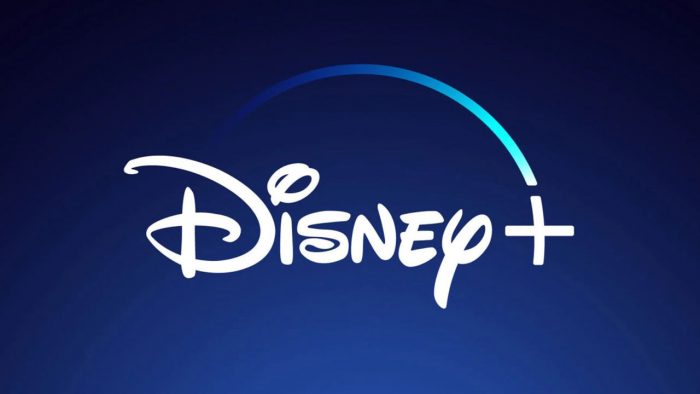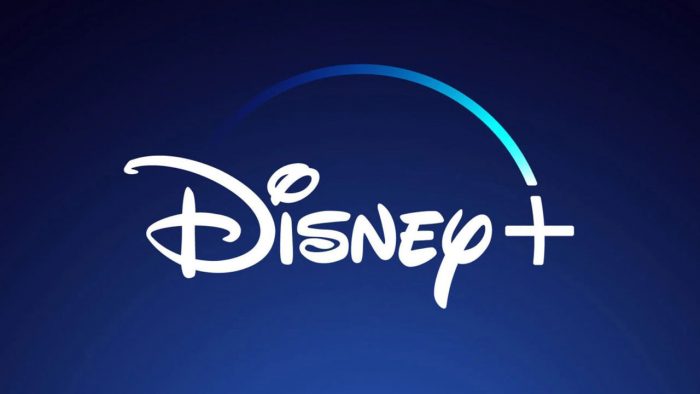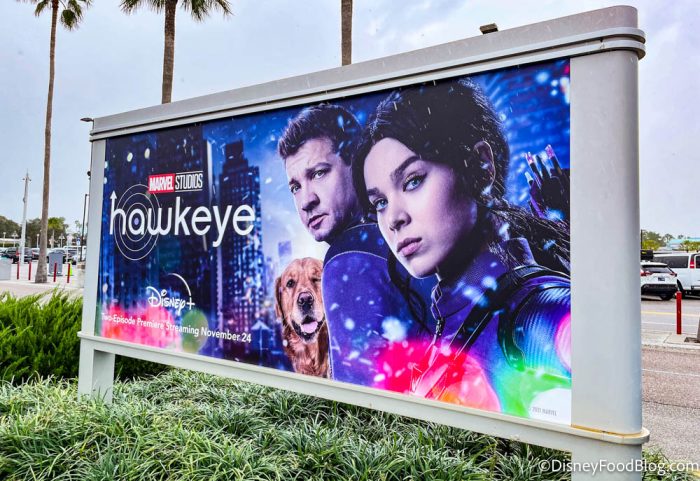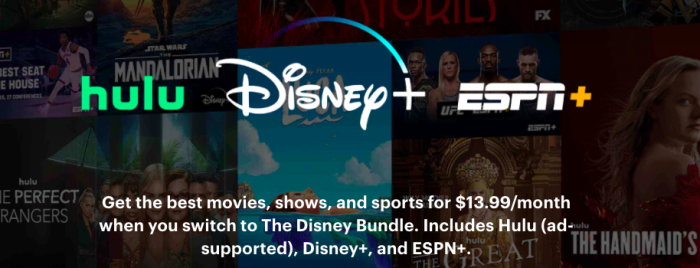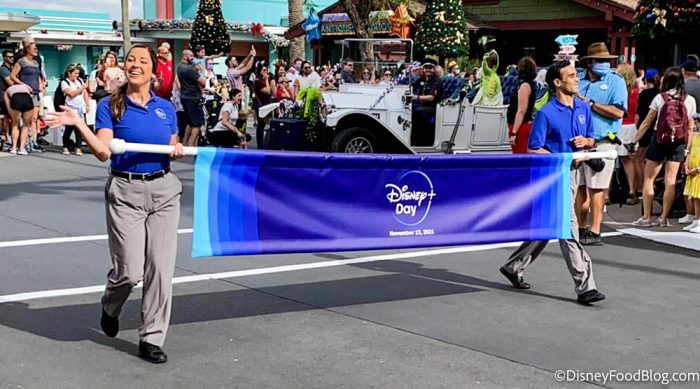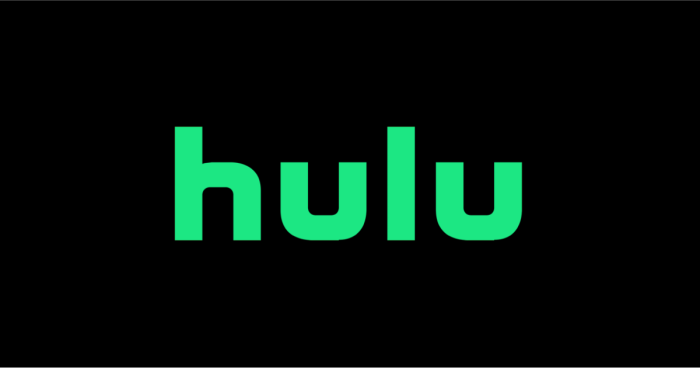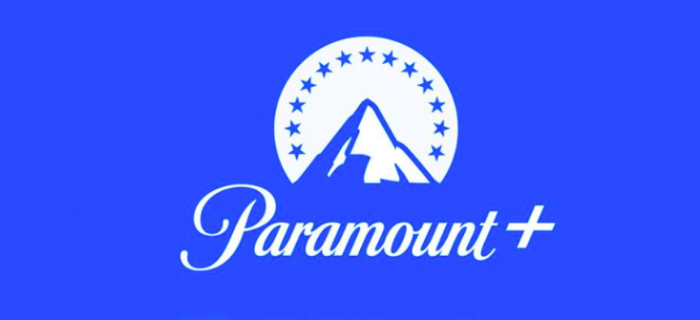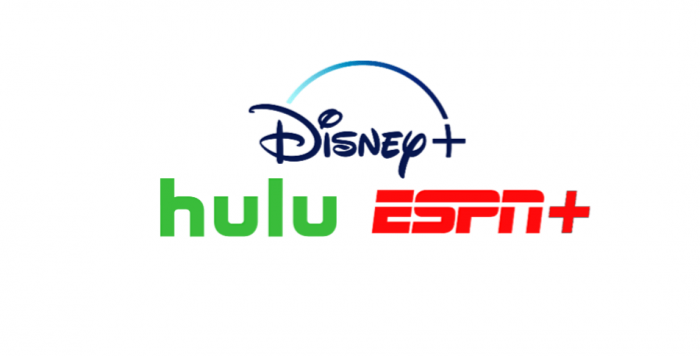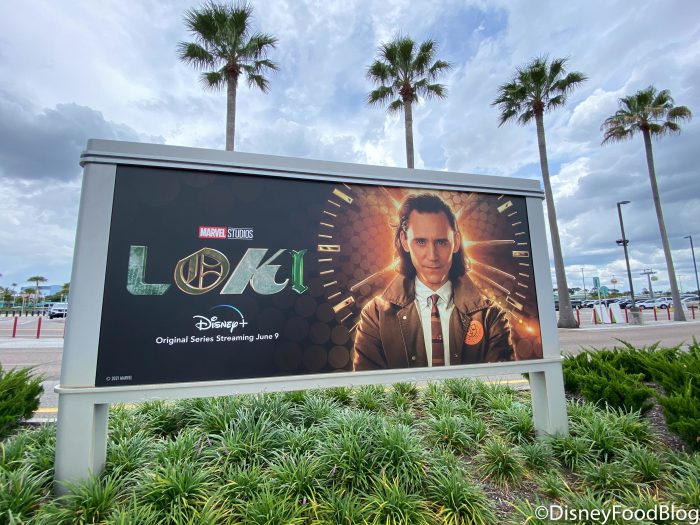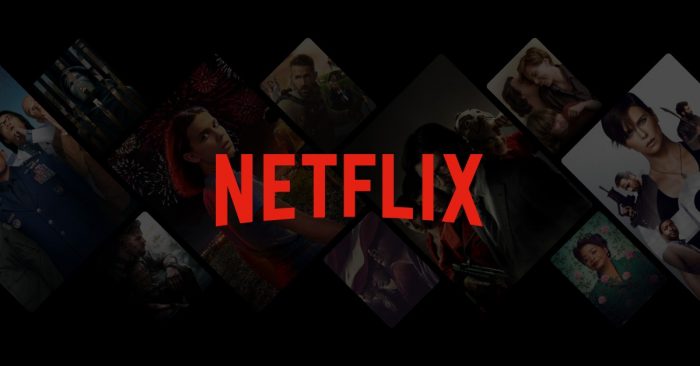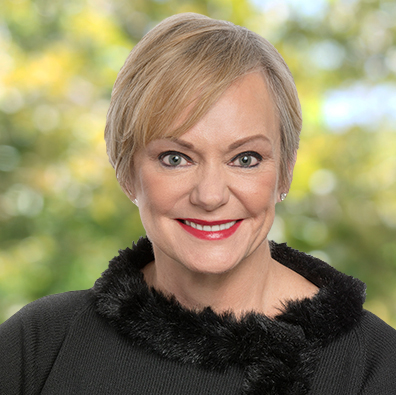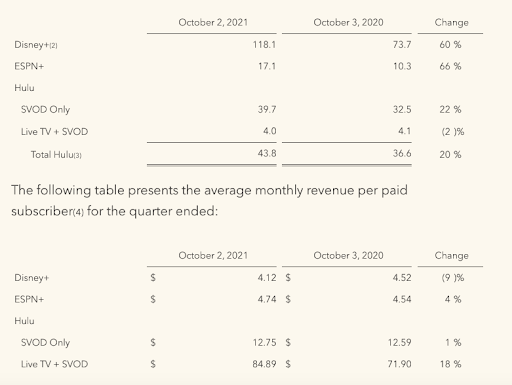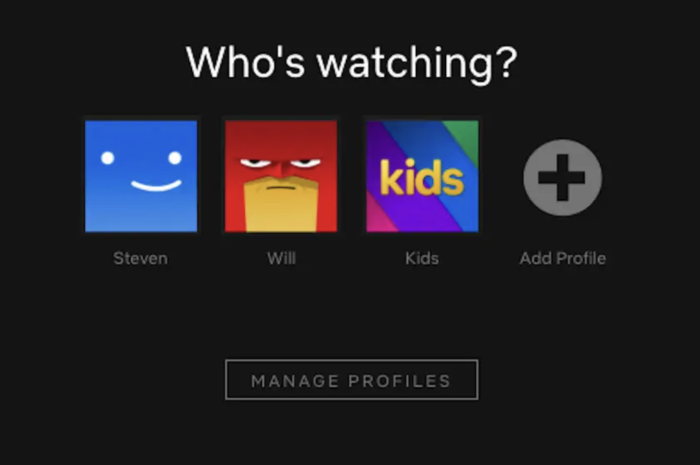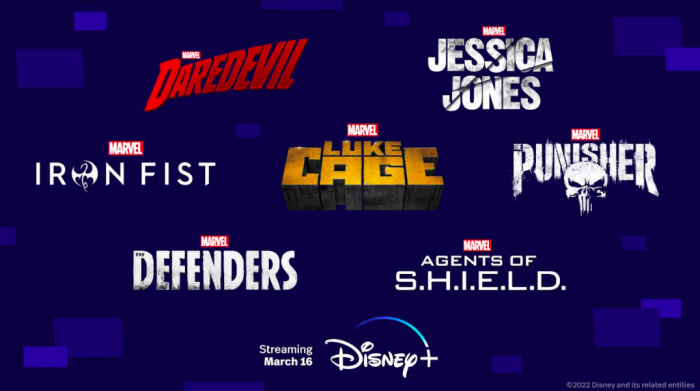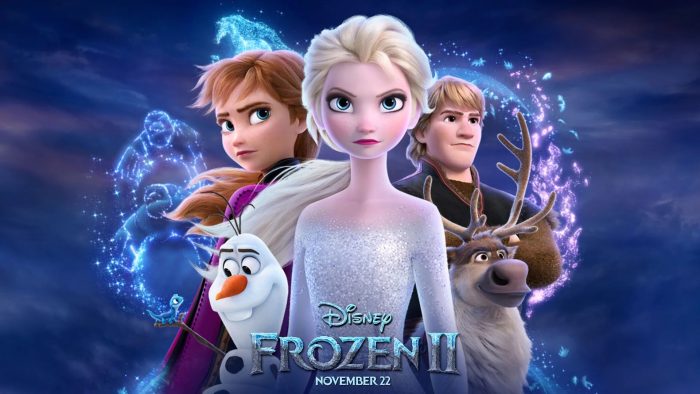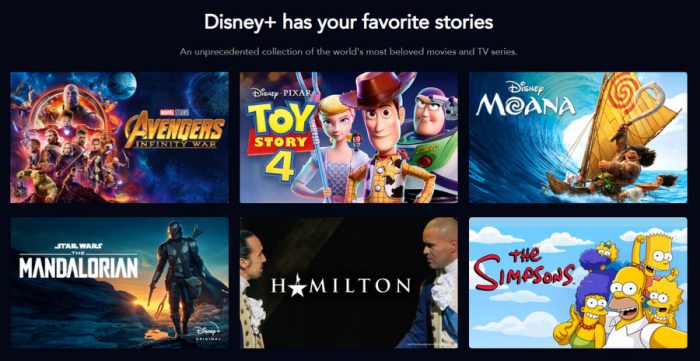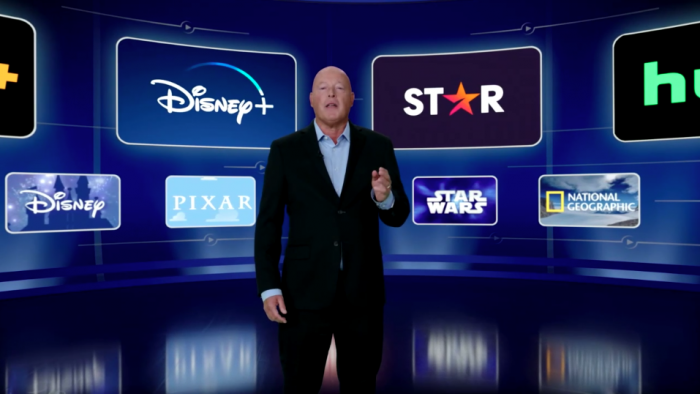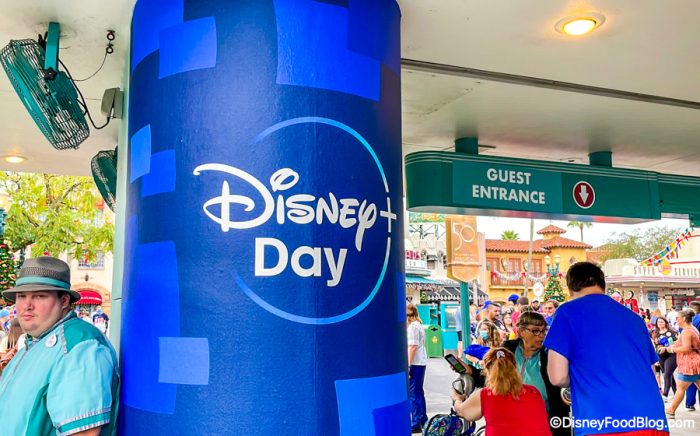Picture it. You’re in the middle of watching Moon Knight on Disney+. It’s a SUPER suspenseful portion. You’re just sure that something is going to pop out of somewhere or some epic battle is going to begin and then, BAM! You’re hit with…an AD.
Disney previously announced that they will be launching an ad-supported version of Disney+. The streaming service has operated without ads since it debuted in 2019, but by late 2022, we’ll be seeing a change. What could Disney+ look like when the ads begin? Here’s what we know so far and what we expect!
To fully analyze this change, we’re going to take a look at some big questions: What might the ad-supported Disney+ cost and look like? Could the ad-supported version get cheaper? And why is Disney making this change NOW? But before we can get into all that, we need to take a look at the current Disney+ service.
What Does Disney+ Cost Now?
Currently, Disney+ operates with no ads. A subscription costs $7.99 per month, or $79.99 per year. The platform has many options in terms of Disney content, including Pixar films, movies and TV series from the Marvel and Star Wars franchises, National Geographic documentaries, and much more.
In fact, Disney recently announced that Dancing with the Stars will be making the move over to Disney+, which marks the first live series on this platform.
There’s also an option to bundle Disney+ with Hulu and ESPN+. For the bundle with ad-supported Hulu, this costs $13.99 per month. With Ad-free Hulu, the bundle costs $19.99 per month. And a Nat Geo Premium subscription was recently announced as well.
Note that these prices are not the same as when Disney+ launched just a few years ago. Originally, Disney+ cost $6.99 per month, and the bundle with Hulu and ESPN+ was $12.99 per month. The services both increased in cost by $1 almost a year and a half after the service’s debut, in March 2021.
So what could happen when ads are introduced into the new version of Disney+?
Click here to see everything coming to Disney+ in April
What Could Ad-Supported Disney+ Look Like?
When Disney announced the introduction of an ad-supported Disney+, they clarified that there will be both an ad-supported version and an ad-free version. Disney has said that the ad-supported version will be cheaper than the ad-free one, although they didn’t specify by how much or if it’ll be cheaper than the current subscription price.
In Disney’s press release, Kareem Daniel, Chairman of Disney Media & Entertainment Distribution, simply said, “Expanding access to Disney+ to a broader audience at a lower price point is a win for everyone—consumers, advertisers, and our storytellers.”
Does that mean a lower price point than the current $7.99 price? That seems to be the indication. As CNBC puts it “it’s assumed to be cheaper than Disney’s current ad-free offering, which costs $7.99 per month,” but the official pricing structure hasn’t been announced yet.
Perhaps that “lower price point” language only suggests that the ad-supported version will be at a lower price point compared to whatever price ad-free Disney+ will be increased to in the future. Or perhaps the ad-supported version will be cheaper than $7.99, but the ad-free version will also get a price bump. It’s not 100% clear.
Still, if you’re willing to sit through the ads, you’ll be able to pay a lower price for Disney+ as compared to the ad-free version.
Click here what countries Disney+ will be coming to soon
What Do Other Ad-Supported Streaming Services Cost?
To analyze what might happen when Disney+ includes an ad-supported version, we took a look at some other streaming services, including others owned by Disney or where Disney has a majority interest.
Let’s start with Hulu (which is majority-owned by the Disney Company). On its own, Hulu has both an ad-supported and ad-free version. The ad-supported one costs $6.99 per month ($1 cheaper than the current ad-free Disney+) or $69.99 for the year ($10 cheaper than the current ad-free Disney+). The ad-free Hulu costs $12.99 per month ($5 MORE than Disney+’s current ad-free version).
If Disney+ follows a similar structure, the ad-supported version might remain at a similar price to what we know now (or be slightly cheaper to in fact fulfill that promise of it being at a “lower price point”), while the ad-free version could get a price increase.
But, Hulu does have an expansive library, with shows that are different in nature and quantity compared to Disney+. Depending on the number of titles available and the “pull” Disney+ feels it has, it might not do quite as big of an increase, at least not yet.
Other streaming services with options for ads or no ads include Paramount+ and HBO Max. Paramount+ costs $4.99 per month with ads (or $49.99 if you pay for the full year) and $9.99 per month without ads (or $99.99 if you pay for a year in advance).
HBO Max is quite a bit more, with the ad-supported version at $9.99 per month ($99.99 for the full year) and the ads-free version at $14.99 per month ($149.99 if you pay for the full year).
So there’s a fairly wide range in prices for streaming services (from $4.99 per month for ad-supported Paramount+ to $14.99 per month for ad-free HBO Max), but all of them have a common factor of about a $5 to $6 difference between the ad-supported and ad-free versions. Could this become the case with Disney+ as well? It’s possible.
If ad-free Disney+ were to remain at the same cost it is now — $7.99 per month — and Disney were to simply add an ad-supported version at a lower cost, could we see a $2.99 per month ad-supported version? Probably not. In the realm of possibilities, it is something that could happen. But it seems unlikely.
Disney could keep existing Disney+ prices as-is and perhaps make the ad-supported version $2-3 cheaper. Considering that Paramount+ is $4.99, that might be a price point Disney feels comfortable with. Fans would then have to decide if that savings of $2-3 a month is worth the ads. Or, Disney could increase the cost of the existing ad-free version and introduce the ad-free version for a price that is still slightly cheaper than the current $7.99 price.
If it feels like it has the pricing power to do so, Disney could make things more similar to Hulu, where the ad-supported version is around $6, and the ad-free version is closer to $12. Or, Disney could do something else entirely or create a price that is somewhere in the middle of all of this.
Why might Disney+ follow a Hulu-inspired format? Well, a big reason why Disney could follow this pattern, rather than jump to the slightly less expensive prices of Paramount+ (at least with their ad-supported version) or the more expensive prices of HBO Max, is because Disney owns a majority stake in Hulu. They’ve likely seen the ins and outs of what is happening there, and are taking what they’ve learned from that experience to apply it to Disney+. If Disney is sufficiently pleased with this type of pricing arrangement, they might adopt it (in some form) when the ad-supported Disney+ becomes available.
Additionally, it’s unlikely that Disney would make an ad-supported version of Disney+ that is priced at just $3 because…well, money!  We’ve seen a trend of price increases for both Disney products and streaming services in general. It likely wouldn’t make financial sense for Disney to lose out on that much financial growth by offering a substantially less expensive version of Disney+ and keeping its current Disney+ prices the same, unless it feels like the less expensive version will dramatically increase subscription numbers or that it simply doesn’t have the pricing power to increase costs yet.
We’ve seen a trend of price increases for both Disney products and streaming services in general. It likely wouldn’t make financial sense for Disney to lose out on that much financial growth by offering a substantially less expensive version of Disney+ and keeping its current Disney+ prices the same, unless it feels like the less expensive version will dramatically increase subscription numbers or that it simply doesn’t have the pricing power to increase costs yet.
Disney+ has not been the only streaming service to raise subscription prices over the past several months/years. Netflix raised their prices in 2022 from $13.99 per month to $15.49 per month for the standard plan. The premium plan went from $17.99 to $19.99 per month, and the basic plan went from $8.99 to $9.99 per month (Forbes).
Based on this information and previous trends, we could see a price increase for the ad-free version coupled with the introduction of the cheaper ad-supported version, or we could see an ad-supported version that isn’t too much less in terms of price. But, only time will tell.
Click here for our DFB Disney+ movie marathon
Why Is Disney Making This Change?
So why is Disney making this change? The answer may seem very obvious, but something BIG changed between 2020 and 2022 that likely impacted Disney’s decision.
According to the LA Times, Disney executives dismissed the idea of an ad-supported version of Disney+ in 2020. In fact, Disney CFO Christine McCarthy said, “We don’t believe that the consumer experience would be a particularly good one if we had advertising on Disney+.”
The idea of ads isn’t new at Disney+. In fact, The Hollywood Reporter shares that back in 2017, then-CEO Bob Iger said that Disney was “not planning to sell ads on the Disney service,” but that there could be some “interesting possibilities in terms of sponsorships versus inserted ads.”
According to The Hollywood Reporter, a source that was familiar with some of the internal discussion surrounding ads for the launch of Disney+ said that the overall feeling at Disney was that the smaller price tag, coupled with the smaller library (made mostly of feature-length films), made an ad-supported version unnecessary.
Apparently there’s been a pretty major change of heart within The Walt Disney Company because the ad-supported version was introduced less than 2 years later. So what changed?
Consumer Activity Has Changed
One possible contributing factor is that people may now be streaming less because of changes in the global pandemic situation.
Many people have returned to work, and with more restaurants and other locations open for business, there’s simply more options than just watching TV at home. That wasn’t necessarily the case for much of 2020. If Disney is feeling the “pain” from this change, they might be hoping that a cheaper Disney+ alternative will encourage more subscribers to join the service.
Revenue Per Subscriber
Disney has also previously reported that the number of subscribers had gone up, while monthly revenue per subscriber went down. For example, during the Q4 earnings call for fiscal year 2021, they explained that “the average monthly revenue per paid subscriber for Disney+ decreased from $4.52 to $4.12 due to a higher mix of Disney+ Hotstar subscribers in the current quarter compared to the prior-year quarter.” Disney+ Hotstar (which operates in India and other locations) includes the Disney content in the Hotstar offering, often resulting in lower revenue.
But, things have been changing. In the first quarter of fiscal year 2022, average monthly revenue per paid subscriber for domestic Disney+ increased due to an “increase in retail pricing and a lower mix of wholesale subscribers.” The average monthly revenue per paid subscriber for Disney+ Hotstar also increased due to “launches in new territories with higher average prices, partially offset by a higher mix of wholesale subscribers.”
Disney could be trying to make up the difference now for some of those lower revenue figures. An increase in revenue from advertisers would likely help. Some agree. According to The Hollywood Reporter, Eric John, VP at the IAB Media Center said, “the ad-supported launch is not just about subscribers, it’s also about revenue per subscriber, which is much higher for ad-supported viewers.”
The Hollywood Reporter reports that Hulu (which includes an ad-supported tier) draws $12.96 in terms of average monthly revenue per user (even though most people subscribe to the ad-supported version), while Disney+ is only made $6.68. Netflix draws in $14.78 despite a lack of ads, but Netflix is also at a much higher price point than Disney+.
If Hulu serves as any example, Disney+’s revenue per user could be significantly greater with the ad-version. The Hollywood Reporter says, “It’s safe to say that Disney+ can expect similar performance, especially with Disney unifying the company’s ad sales division, having the same team sell Disney’s linear channels and streaming services, and with automation making it easier for buyers to buy ads across platforms in one click.”
A less-expensive version of the Hulu bundle could then launch after the ad-supported Disney+ version arrives, making things even more enticing for some consumers who are looking to save money.
Advertisers Want In
It seems advertisers are excited at the chance. According to Rita Ferro (President of Advertising for Disney Media & Entertainment Distribution), “Since its launch, advertisers have been clamoring for the opportunity to be part of Disney+.”
With popular brands like Star Wars, Marvel, and Pixar on the service, advertisers likely see Disney+ as a promising market for commercials, particularly ones directed at the family audience.
According to The Hollywood Reporter, a source confirmed to them that there has been a lot of interest expressed in reaching Disney+ subscribers, particularly when it comes to popular Marvel and Star Wars series on the streaming service.
More Money
In addition to the simple goal of making more money, Disney has undoubtedly realized that their streaming service is much less expensive than some of their biggest rivals. Disney+ is ad-free right now and costs $7.99 per month. Other ad-free services cost $15.49 per month (Netflix) or $15 per month (HBO Max), a difference of at least $7.
So the market seems to indicate that Disney has room for price increases when it comes to ad-free streaming. But, Disney seems to be well aware of its content and appears to be trying to set prices it feels are appropriate.
During the 2020 Media, Communications & Entertainment Conference held earlier this year, Christine McCarthy, The Walt Disney Company’s Senior Executive Vice President & CFO, said that the price of Disney+ would likely go up in the future as the volume of content increases on the service. McCarthy explained that “When more content is on the service, we’ll have some pricing power.”
Disney+ increased prices in early 2021, but has not made any price changes since then. Things on the streaming service, however, HAVE changed. Disney has announced more Disney+ news about upcoming offerings or has released new content like Moon Knight and Cheaper by the Dozen.
Perhaps now Disney will feel that it is at a point where it can increase some prices and then introduce a cheaper ad-supported version because it has sufficient content on the service to give it that pricing power.
Disney Has “Solved” The “Film Experience Problem”
One thing that might have previously held Disney back from incorporating ads in the service is what The Hollywood Reporter calls the “film experience problem.” Basically, this stems from a statement by Disney CFO Christine McCarthy from back in 2020, where she said that Disney+ has a high volume of films on the service and they don’t think the consumer experience would be good with ads.
But, Disney might have found a solution to that. The Hollywood Reporter shares that Disney shared some technology during a demo to advertising partners in March that showed the “new movie-specific ad formats it plans to bring to its streaming services.”
These included a sponsored trivia format ad based on the movie being watched. There was also an ad called “Let’s All Go to the Pantry” which could let individuals order “concessions” from their couch.
This could minimize the interruptions of the consumer experience and those “annoying ad breaks” by formatting ads in a different way.
The number of ads on Disney+ is also something being considered. The Hollywood Reporter shares that data from MediaRadar shows that Hulu has 12 ads per hour for original shows, and 13.8 ads per hour for licensed content on the service. Peacock has 8.7 ads per hour, HBO Max has 9.3 ads per hour, and Paramount+ has 23.8 ads per hour.
According to The Hollywood Reporter, Disney CFO Christine McCarthy has “confirmed” that Disney+ would have a lower ad count. But some warn that the temptation to increase the ads could grow.
Subscriber Goals
Finally, The Walt Disney Company has declared a lofty subscribers goal for Disney+. In December of 2020, Disney set their goal to have 230 to 260 million subscribers by the end of the fiscal year 2024. They have continued to reach for that goal with a fairly steady increase in subscribers, even exceeding analyst expectations at times.
In April of 2020, Disney+ had 50 million subscribers. By March of 2021, the service surpassed 100 million subscribers. In August of 2021, Disney reported a total of 116 million subscribers, and by October there were 118.1 million subscribers. Most recently (as of January 1st, 2022), Disney reported 129.8 million total subscribers for Disney+.
Although the numbers have continued to increase, the rate of growth has slowed considerably. Between October 2020 and October 2021, we saw a 60% increase. However, from January 2021 to January 2022, there was only a 37% increase. If that rate stays even and doesn’t drop further Disney could still reach their subscriber goal. That could mean 177.8 million subscribers in January 2023 and 243.6 million subscribers in January 2024 (again, this is just assuming a 37% increase each time).
But the rate of growth might not stay even. It has dropped quite a bit over the last few years, and could drop again. So Disney may push for another boost in subscribers with a lower-priced ad-supported system in order to reach their goals.
So, is Disney worried about their ability to reach that goal? At least according to Disney it’s not. The Hollywood Reporter shares that Disney CFO Christine McCarthy said, “Is this a Hail Mary? No, it’s not…We certainly welcome it if it drives more consumers, more subscribers, if it improves ARPU, but we are really doing it because of consumer choice.”
Whatever the reason, it’s clear that Disney has changed their mind about ad-supported steaming, and we’ll be seeing exactly what this will look like for Disney+ before the end of 2022. What do you think? Would an ad-supported Disney+ be something of interest to you? Tell us in the comments! And keep following DFB for more of the latest Disney news!
Click here to see how mature Marvel content has brought parental controls to Disney+
Join the DFB Newsletter to get all the breaking news right in your inbox! Click here to Subscribe!
Don’t Miss Out on Any Disney Fun!
Order Your Copy of the 2022 DFB Guide to Walt Disney World Dining Today!
 With more than 750 pages, the 2022 DFB Guide to Walt Disney World Dining is full of tips and planning tools developed by Disney World experts over 30+ years of visits. We’ve done the research for you, so you’ll know just which spots will uniquely suit your family’s needs!
With more than 750 pages, the 2022 DFB Guide to Walt Disney World Dining is full of tips and planning tools developed by Disney World experts over 30+ years of visits. We’ve done the research for you, so you’ll know just which spots will uniquely suit your family’s needs!
With mini-reviews of every single restaurant, bar, lounge, kiosk and more; an entire chapter on the best snacks in Disney World; full Disney Dining Plan analysis (and how to get FREE dining); and a full chapter on discounts and deals; you’ll have everything you need to plan your best vacation yet.
Click here to order your copy of the 2022 DFB Guide to Walt Disney World Dining E-book with code WDW2022 to save 25% off the cover price today!
Use code WDW2022 at check-out for 25% off the cover price today!

Our guides are backed by a 100% money-back guarantee, so you have nothing to lose. 
What’s your favorite thing to watch on Disney+? Let us know in the comments!
The post What the Disney+ Ad-Supported Subscription Could Mean For You first appeared on the disney food blog.

